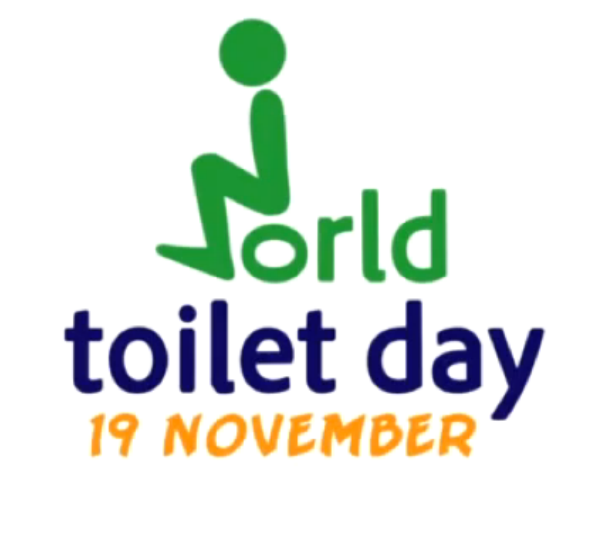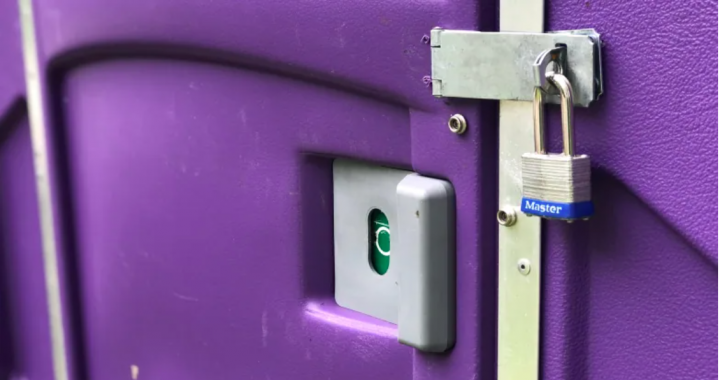Change.org, September 23, 2014
Pei-Ju Wang
Ottawa, Canada
Public response to the GottaGo! campaign makes it clear that Ottawa wants and needs a network of accessible, open, clean, safe and easy-to-find public toilets, starting with the new LRT Stations.
A press conference will be held at the Human Rights Monument on Elgin Street at 10 am today along with our partners and supporters including Crohns and Colitis Canada, 1125@carleton, Shepherds of Good Hope and Somerset West Community Health Centre. Together, we will be submitting a petition with over 1,000 signatures to the Mayor and City Councillors demanding that public toilets be installed at all LRT stations.
“Since thousands of people will be using LRT stations, it will be a terrible missed opportunity if restroom facilities are not part of the initial design. Ignoring the need for open, accessible, safe, and easy-to-find public toilets is a short-sighted policy decision. With an aging population and increasing use of non-car transportation options, the need will only increase with time,” says Joan Kuyek, Chair of the GottaGo! campaign.
GottaGo! is also releasing Talking Toilets: Assessing the accessibility of public toilets in Ottawa, Ontario a research study undertaken by Rachel Canham, a student from the Carleton University Department of Geography and Environmental Studies. It is clear from this research that public toilet provision has a substantial impact on the lives of its citizens and affects the ways in which the city is used.
Sherry Pang, Eastern Ontario Development Coordinator for Crohn’s and Colitis Canada, says, “Over 7,000 people in the region live with Crohn’s disease or ulcerative colitis. These are lifelong diseases that can result in urgent bathroom visits. The Ontario Government’s Customer Service Standard makes it clear that businesses must take action to increase accessibility. An accessible network of public toilets should be considered a requirement for people living with incontinence.”



